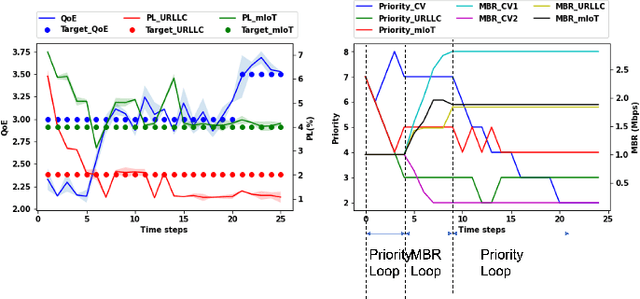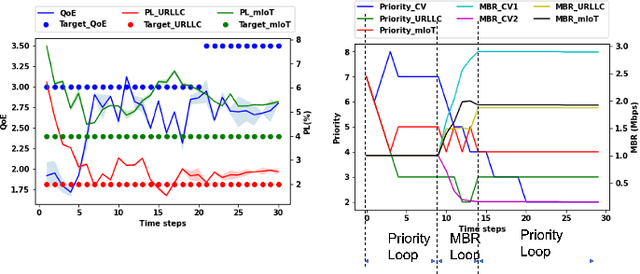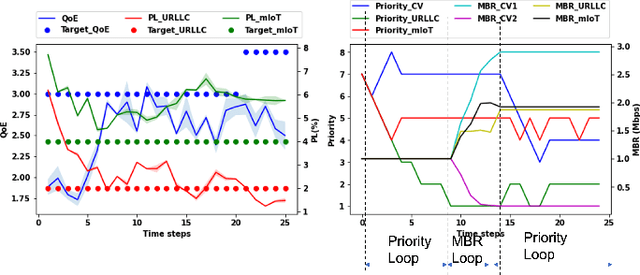Jean P. Martins
Randomized heuristic repair for large-scale multidimensional knapsack problem
May 24, 2024Abstract:The multidimensional knapsack problem (MKP) is an NP-hard combinatorial optimization problem whose solution is determining a subset of maximum total profit items that do not violate capacity constraints. Due to its hardness, large-scale MKP instances are usually a target for metaheuristics, a context in which effective feasibility maintenance strategies are crucial. In 1998, Chu and Beasley proposed an effective heuristic repair that is still relevant for recent metaheuristics. However, due to its deterministic nature, the diversity of solutions such heuristic provides is insufficient for long runs. As a result, the search for new solutions ceases after a while. This paper proposes an efficiency-based randomization strategy for the heuristic repair that increases the variability of the repaired solutions without deteriorating quality and improves the overall results.
Multi-agent reinforcement learning for intent-based service assurance in cellular networks
Aug 07, 2022



Abstract:Recently, intent-based management is receiving good attention in telecom networks owing to stringent performance requirements for many of the use cases. Several approaches on the literature employ traditional methods in the telecom domain to fulfill intents on the KPIs, which can be defined as a closed loop. However, these methods consider every closed-loop independent of each other which degrades the combined closed-loop performance. Also, when many closed loops are needed, these methods are not easily scalable. Multi-agent reinforcement learning (MARL) techniques have shown significant promise in many areas in which traditional closed-loop control falls short, typically for complex coordination and conflict management among loops. In this work, we propose a method based on MARL to achieve intent-based management without the requirement of the model of the underlying system. Moreover, when there are conflicting intents, the MARL agents can implicitly incentivize the loops to cooperate, without human interaction, by prioritizing the important KPIs. Experiments have been performed on a network emulator on optimizing KPIs for three services and we observe the proposed system performs well and is able to fulfill all existing intents when there are enough resources or prioritize the KPIs when there are scarce resources.
 Add to Chrome
Add to Chrome Add to Firefox
Add to Firefox Add to Edge
Add to Edge